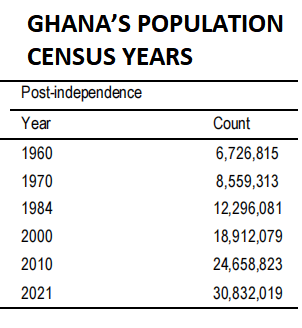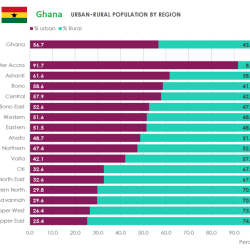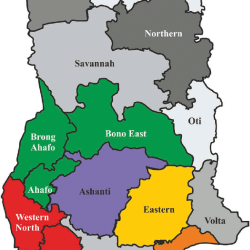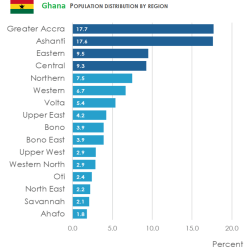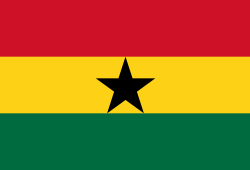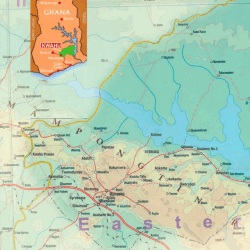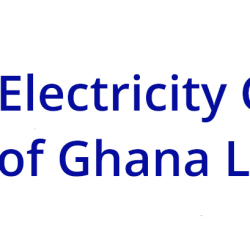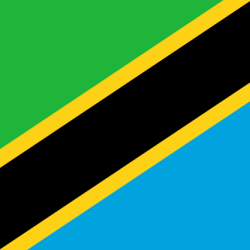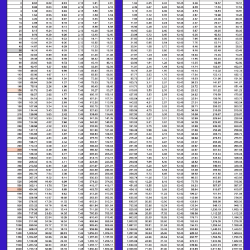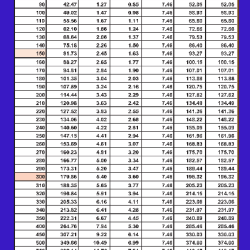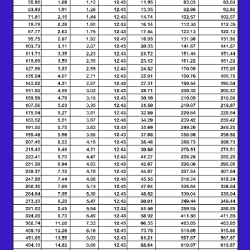Urban population continues to grow, increasing from 12,545,229 (50.9%) in 2010 to 17,472,530 (56.7%) in 2021 with almost half (47.8%) of the increase in Greater Accra and Ashanti regions.
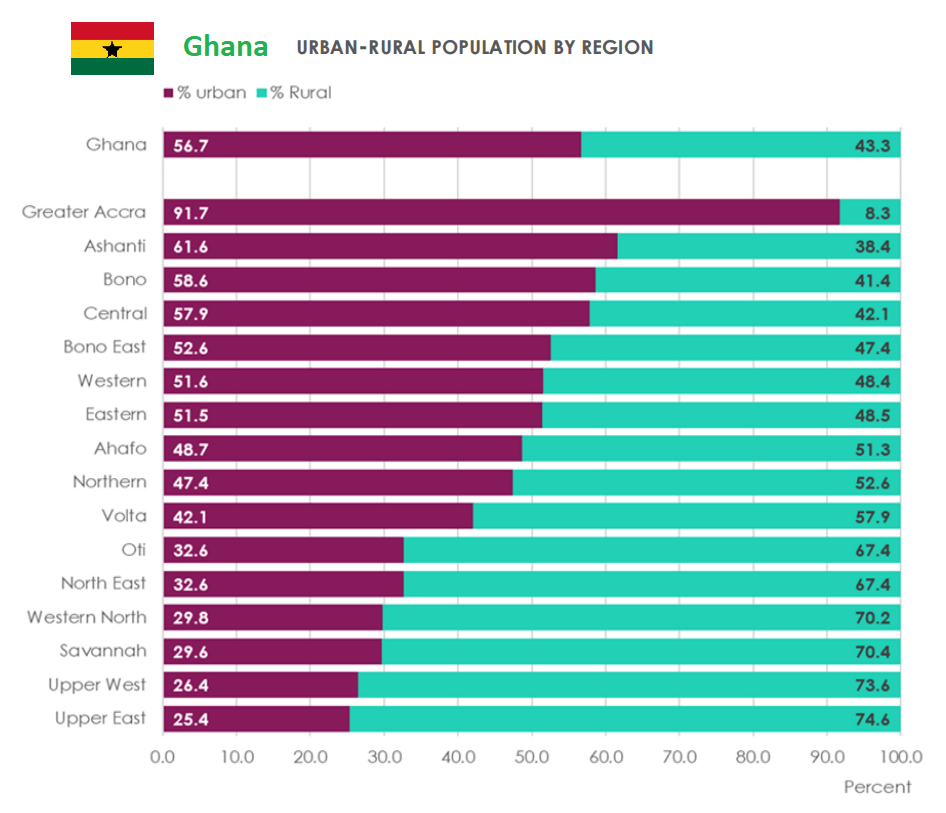
Proportion of the population that is urban varies across the regions with the highest in Greater Accra Region (91.7%) and lowest in Upper East Region (25.4%).
Seven regions are urbanised. That is, more than half of the population in those regions live in urban areas.

Conduct of census in Ghana dates back to 1891 when the first census was conducted by the colonial administration. The census recorded a total population. Since then, censuses have been held every 10 years in accordance with the United Nations recommendations.
The expectation is that the decennial interval is an appropriate period to determine a change in a country’s population structure, composition and socio-economic arrangements.
However, the decennial interval was distorted in 1941, 1980, 1990 and 2020. The Second World War which occurred between 1939 and 1945 was the reason the census was not conducted in 1941.
After the war, the census was conducted in 1948. In the late 1970s and early 1980s the country was hit with economic challenges and political instability that did not make it possible for a census to be conducted in 1980 but instead in 1984.
Having taken a census in 1984, the next census could not have been held in 1990, as the time was too short to plan the Census, nor could the ten-year interval be maintained in 1994. More recently, due to the emergence of COVID-19, the Census that had been planned for 2020 had to be conducted in 2021 and a total population of 30,832,019 was recorded
GHANA’S POPULATION CENSUS YEARS
Ghana’s census years pre-independence
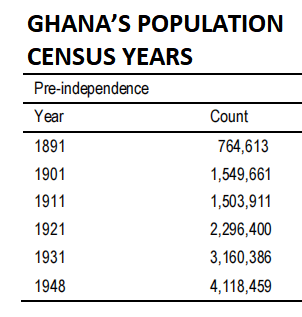
Ghana’s census years post-independence
